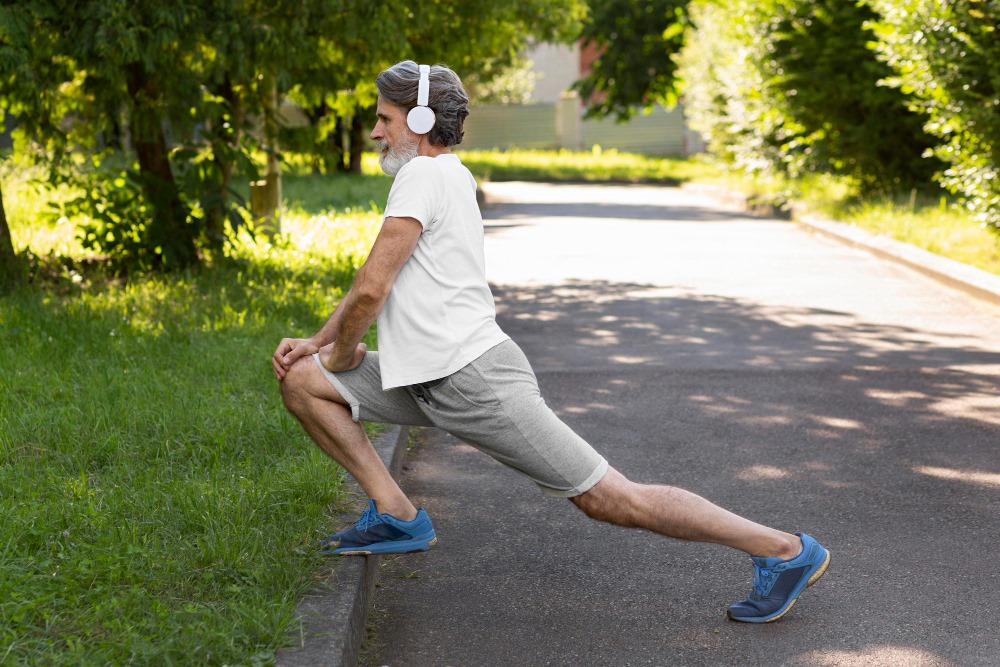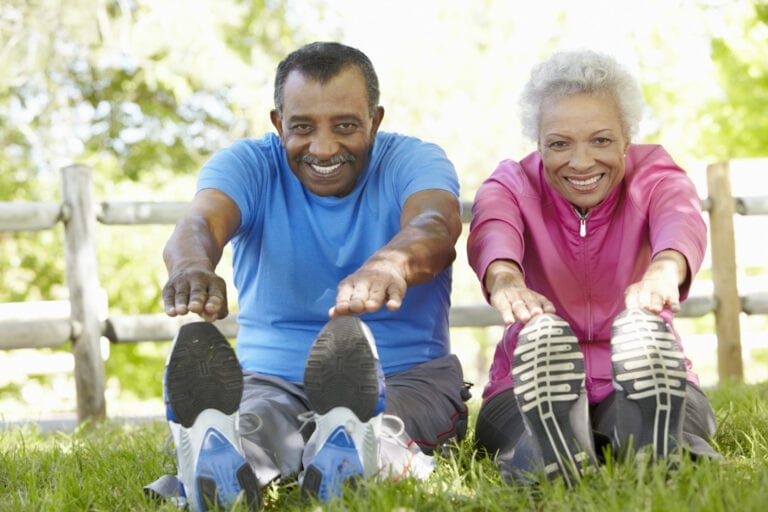Living with limited mobility can be challenging, but it doesn’t mean you have to give up on exercise and physical activity. In this comprehensive guide, we will explore various ways to stay active, healthy, and improve your overall well-being, even if you have limited mobility. From The Heart Home Care is here to provide expert advice and tips to help you on your journey to a more active lifestyle.
Table of Contents
Understanding Limited Mobility
Limited mobility can result from various factors, such as aging, injuries, or medical conditions. It can be frustrating, but it’s essential to understand your limitations and work within them.
The Importance of Exercise
Regular exercise is crucial for everyone, regardless of their mobility level. It helps maintain muscle strength, flexibility, and overall health. Even with limited mobility, you can experience the benefits of exercise.
Exercise with Limited Mobility
Chair Exercises
- Seated Leg Lifts: Sit in a sturdy chair and lift one leg at a time, straightening it as much as possible. Repeat for 10 reps on each leg.
- Seated Marching: While seated, lift your knees as high as possible, alternating between legs. Aim for 2 minutes of continuous marching.
Resistance Band Workouts
- Seated Rowing: Attach a resistance band to a doorknob and sit on the floor with your legs extended. Pull the band toward your abdomen, engaging your back muscles. Repeat for 3 sets of 10 reps.
- Leg Press: Sit in a chair and place a resistance band around your feet. Push your legs outward against the resistance. Complete 3 sets of 12 reps.
Learn More: Leg Strengthening Exercises for Seniors
Aqua Therapy
- Water Aerobics: Consider joining a water aerobics class in a heated pool. The buoyancy of the water reduces the impact on joints and allows for a full-body workout.
Yoga and Stretching
- Chair Yoga: Adapted yoga poses can be done while sitting in a chair, promoting flexibility and relaxation.
- Gentle Stretching: Perform gentle stretching exercises daily to improve flexibility and reduce muscle stiffness.
Home Care Support
- In-Home Personal Trainers: Explore the option of hiring a certified personal trainer who specializes in limited mobility workouts.
- Assistive Devices: Discuss with your healthcare provider the use of assistive devices like canes or walkers for added stability during exercise.
Learn More: 10 Effective Physical Exercises for Dementia Patients
Nutrition and Hydration
- Balanced Diet: Maintain a balanced diet to support your exercise routine and overall health.
- Stay Hydrated: Proper hydration is essential for joint health and overall well-being.
Mental Health Benefits
- Stress Reduction: Regular exercise can reduce stress and anxiety, improving your mental health.
- Boosting Confidence: Achieving fitness goals can boost self-esteem and confidence.
Social Engagement
- Group Activities: Joining exercise classes or support groups can provide social interaction and motivation.
- Family Involvement: Encourage family members to participate in exercise routines with you.
Conclusion
Exercising with limited mobility is not only possible but also highly beneficial for your physical and mental health. From The Heart Home Care encourages you to take the first step toward a more active lifestyle. Remember that it’s essential to consult with a healthcare provider before starting any new exercise routine, especially if you have underlying medical conditions. With determination and the right guidance, you can improve your quality of life and well-being.







